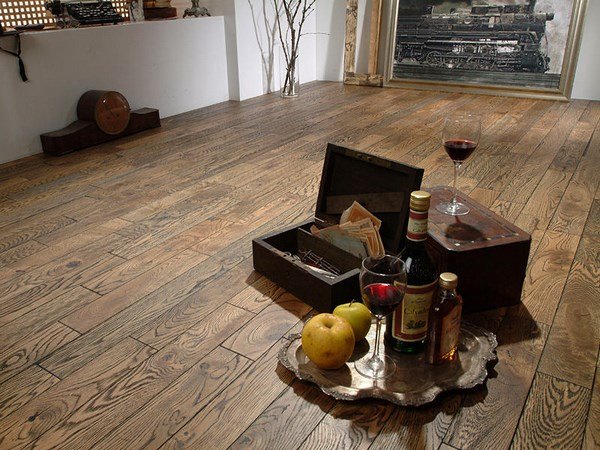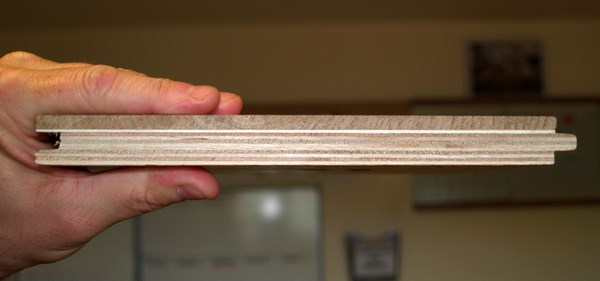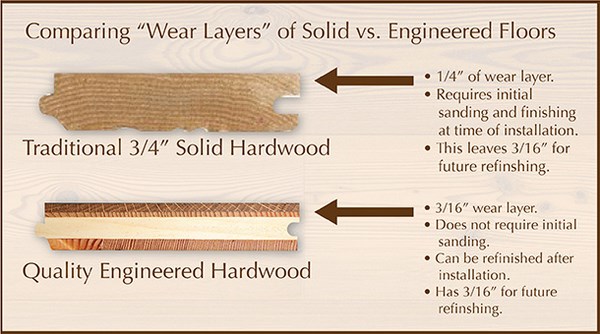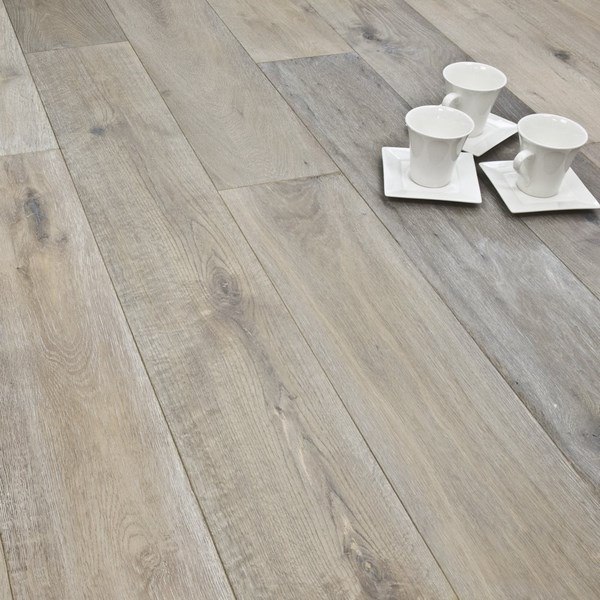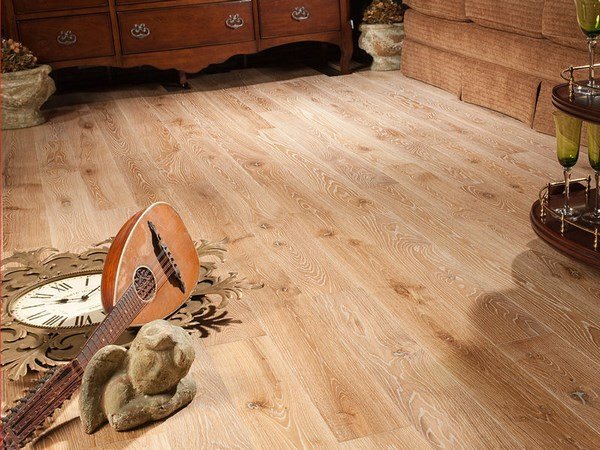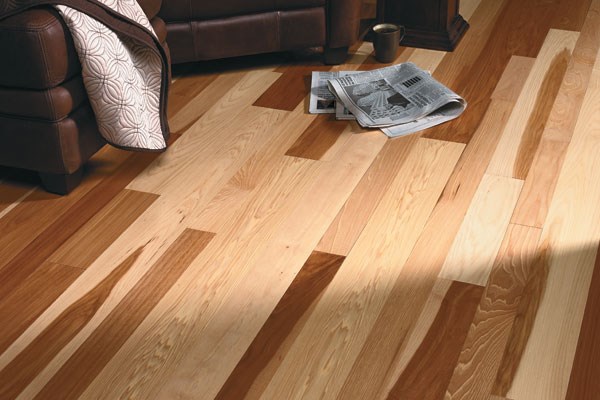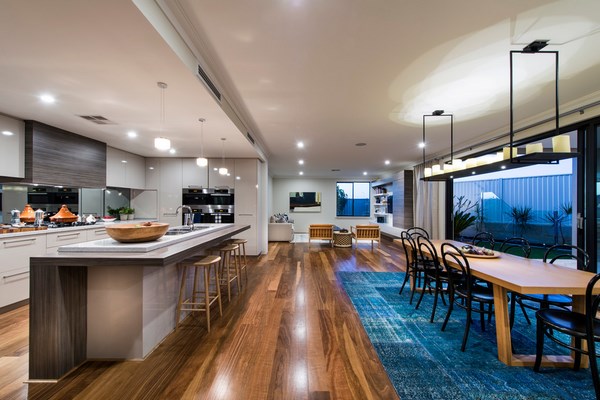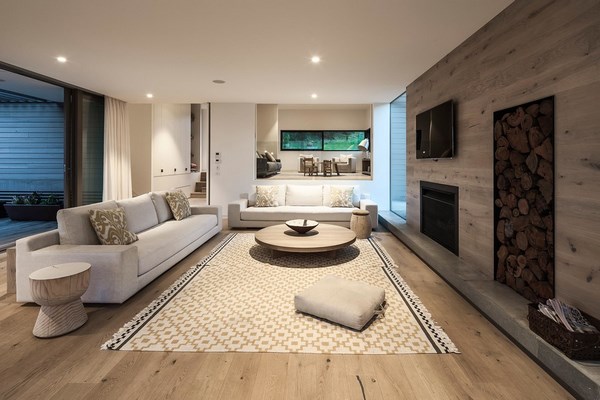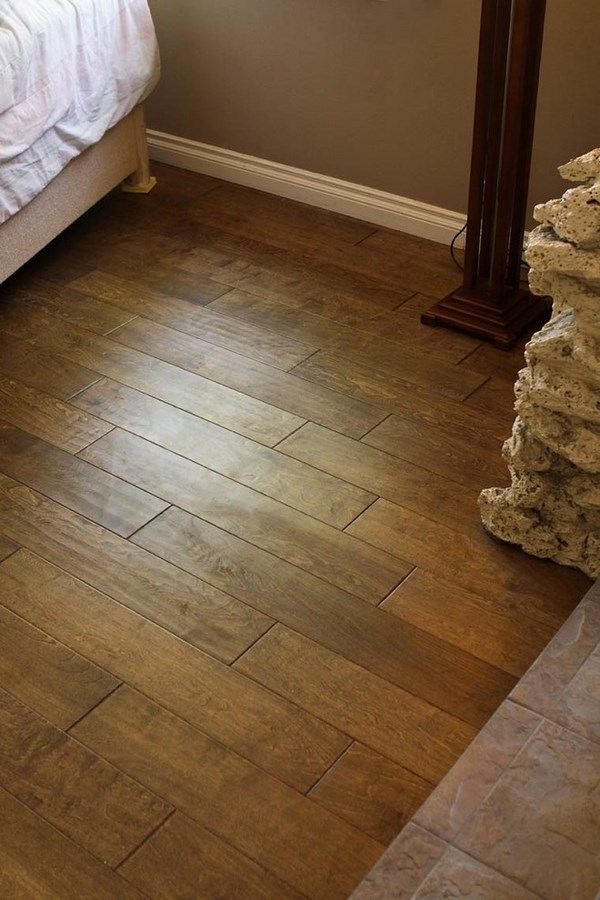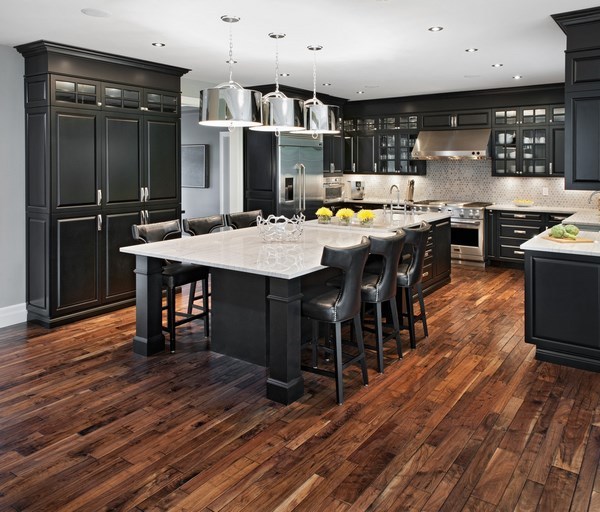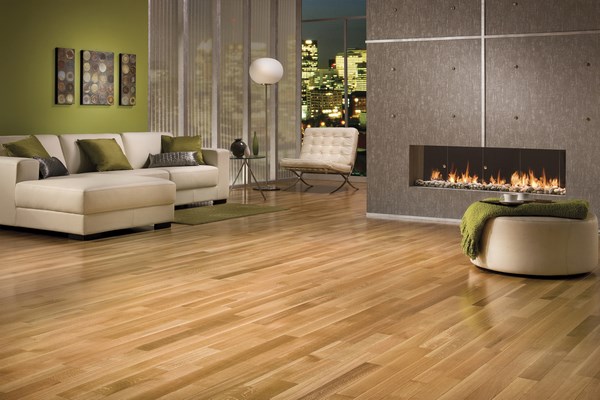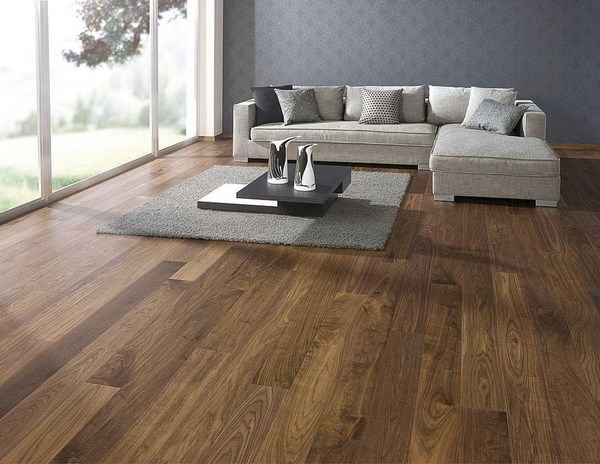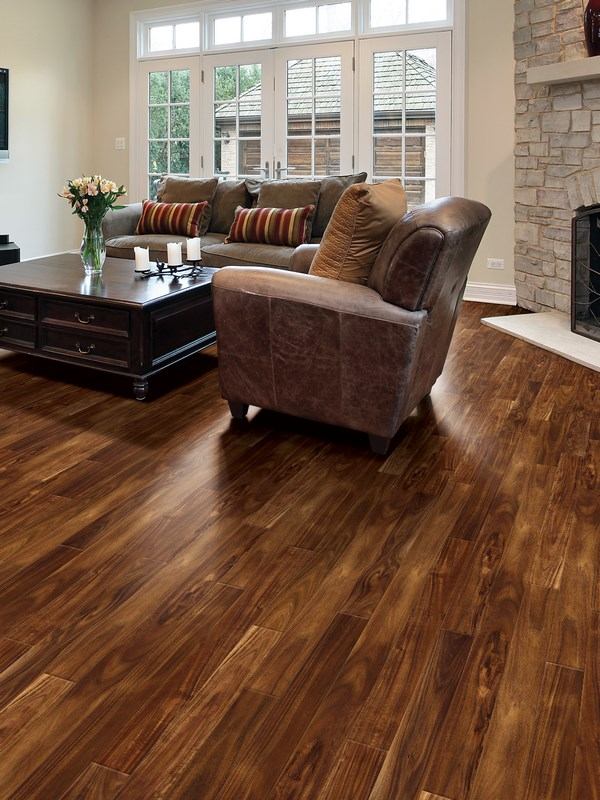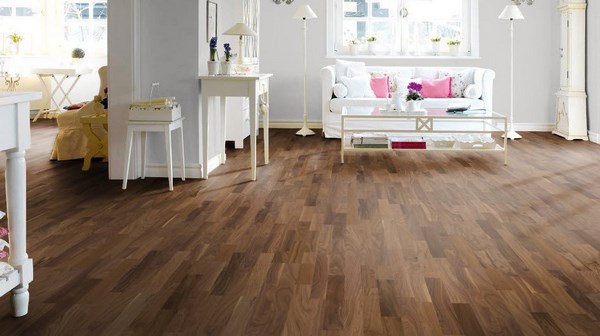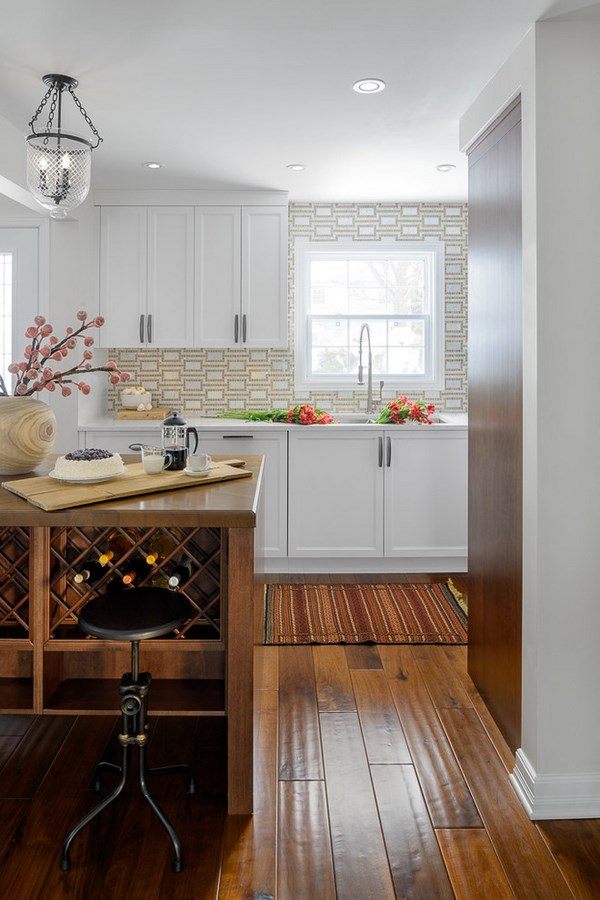People often mistake engineered wood flooring with laminate. Well, what exactly is engineered flooring? These floors are manufactured by adhering layers of plastic laminate veneer with real wood while laminate does not contain any.
Engineered wood floors are the closest to natural hardwood floors but easier to install. Unlike laminate, they can be sanded, finished and re-finished. It offers a number of advantages which you will see listed below.
The pros of engineered floors
Although engineered flooring looks like hardwood it is not really the same. One of the major advantages is the lower price. It is the cost effective alternative to solid wood floors and you get a fabulous appearance at a lower cost.
Another great advantage is the easy installation as the flooring is designed to be easily installed even by inexperienced DIY project fans. This type of wood is sold in tiles in a variety of sizes and you can make a considerable saving on time and money on installation. Moreover the material is quite durable and stable. It is resistant to moisture and temperature changes do not cause t shrinking or expanding.
Cons of engineered flooring
One of the negatives of engineered flooring is the fact that it is prone to dents and grooves and can twist or warp.
Engineered wood can be sanded and refinished, but you have to be careful as frequent sanding will wear off the top layer.
As it consists of multiple levels of adhesive some people may duffer allergies and lung problems.
By saying that, you should know that there is no such thing as “a perfect flooring”. If you want the look of real hardwood, these floors are an excellent way to achieve that without the high cost of real wood.
A beautiful idea for the living room
Modern living room
Add warmth to the interior
Stylish kitchen design with black cabinets

